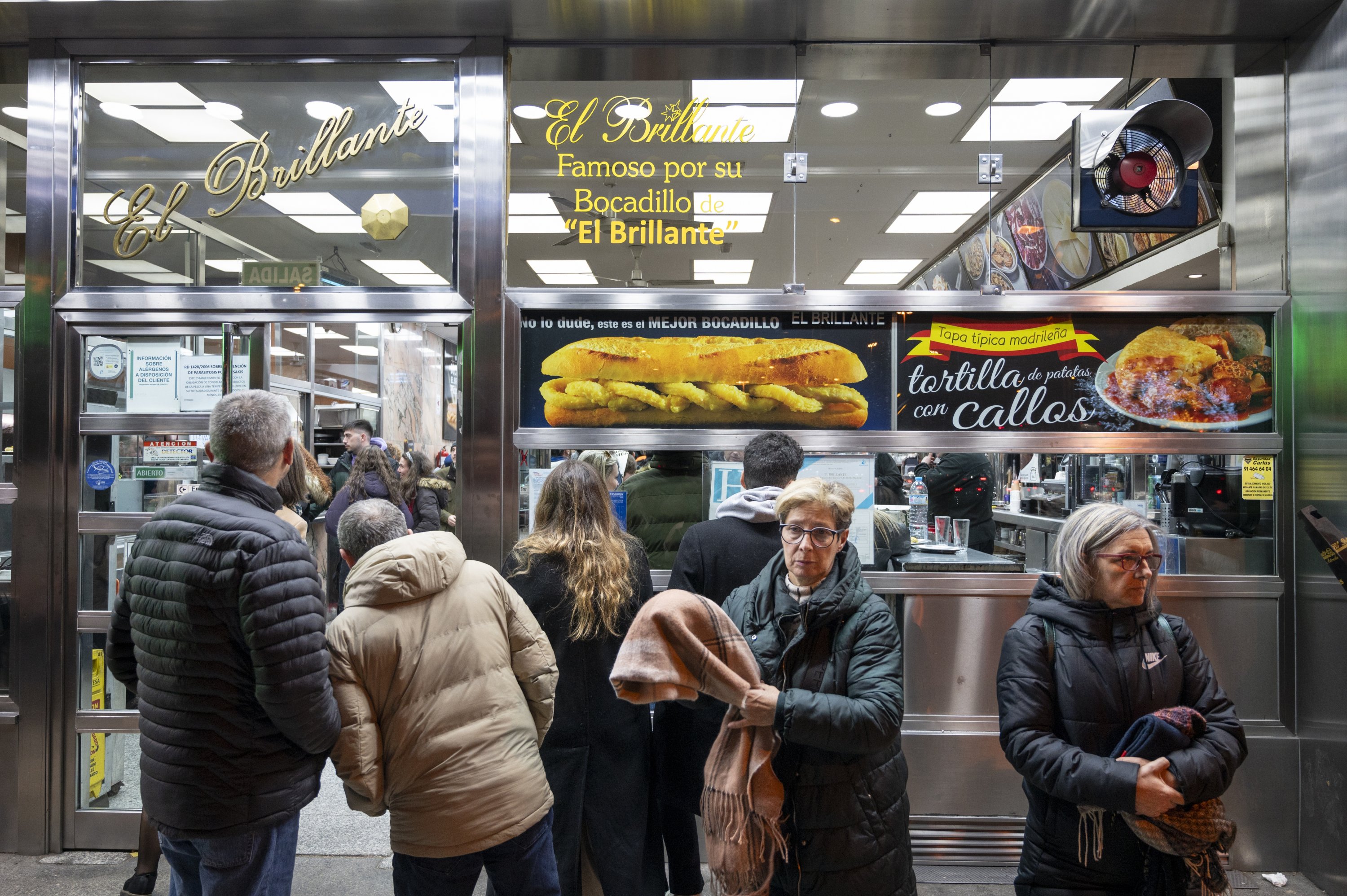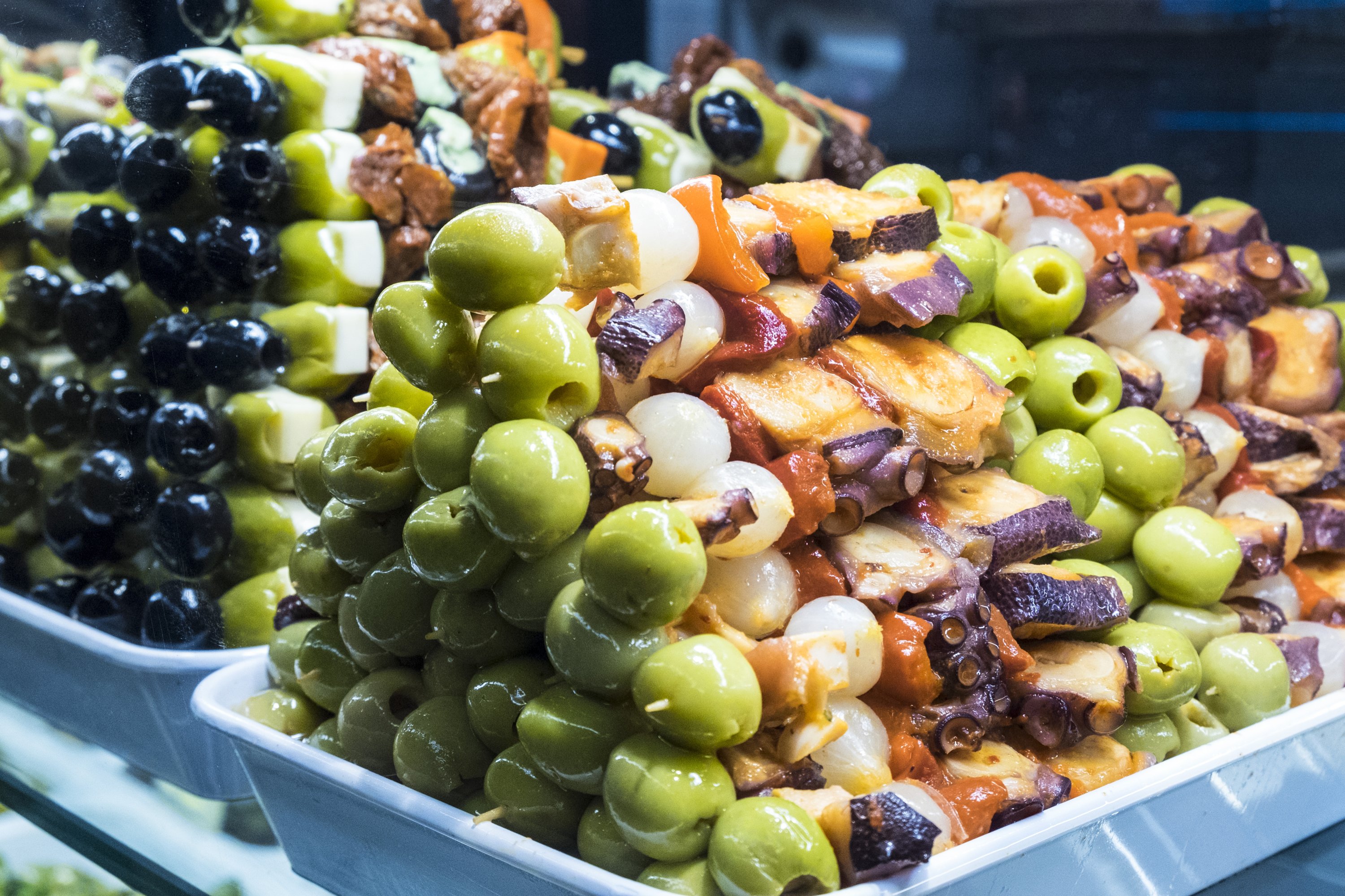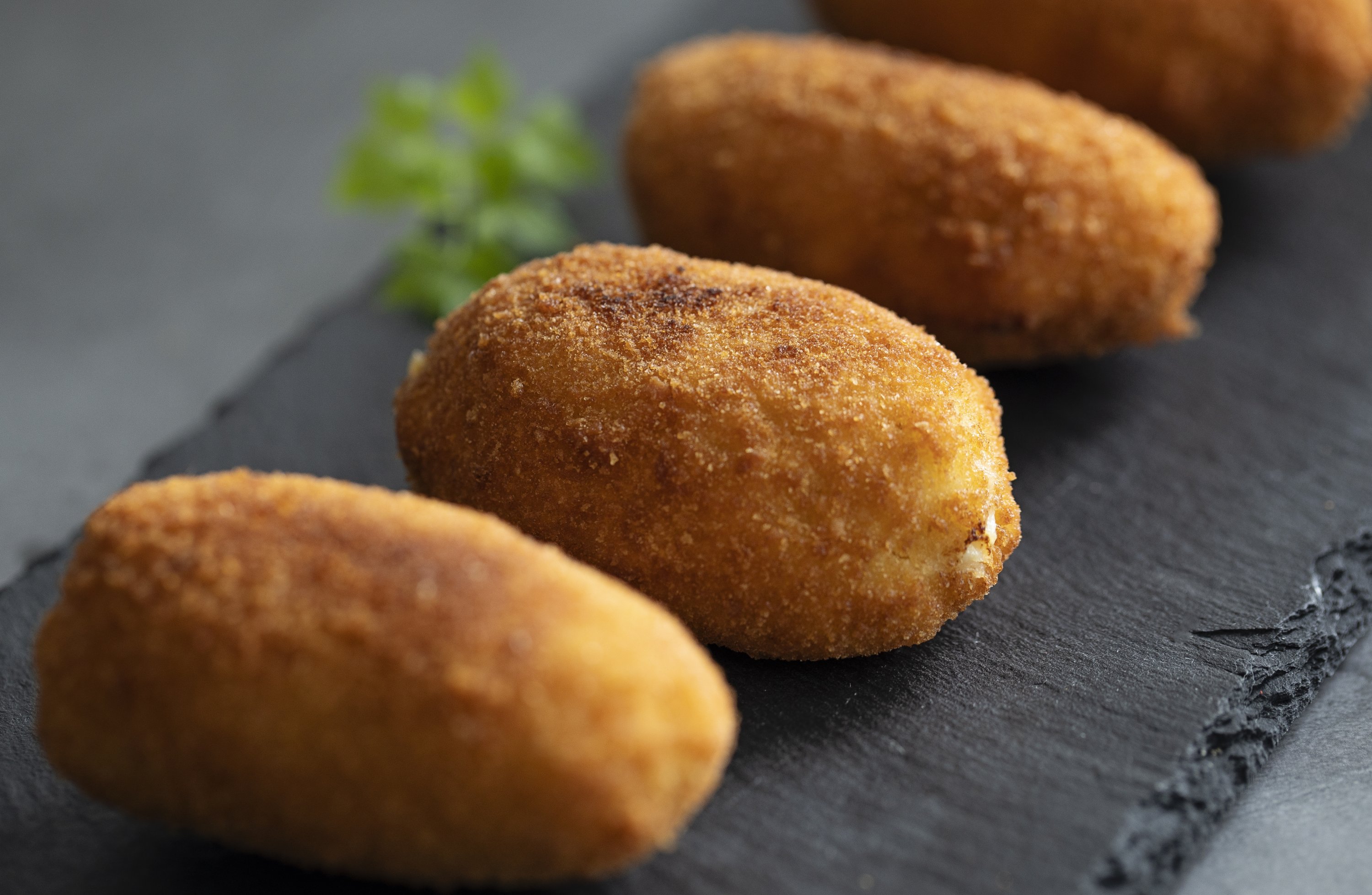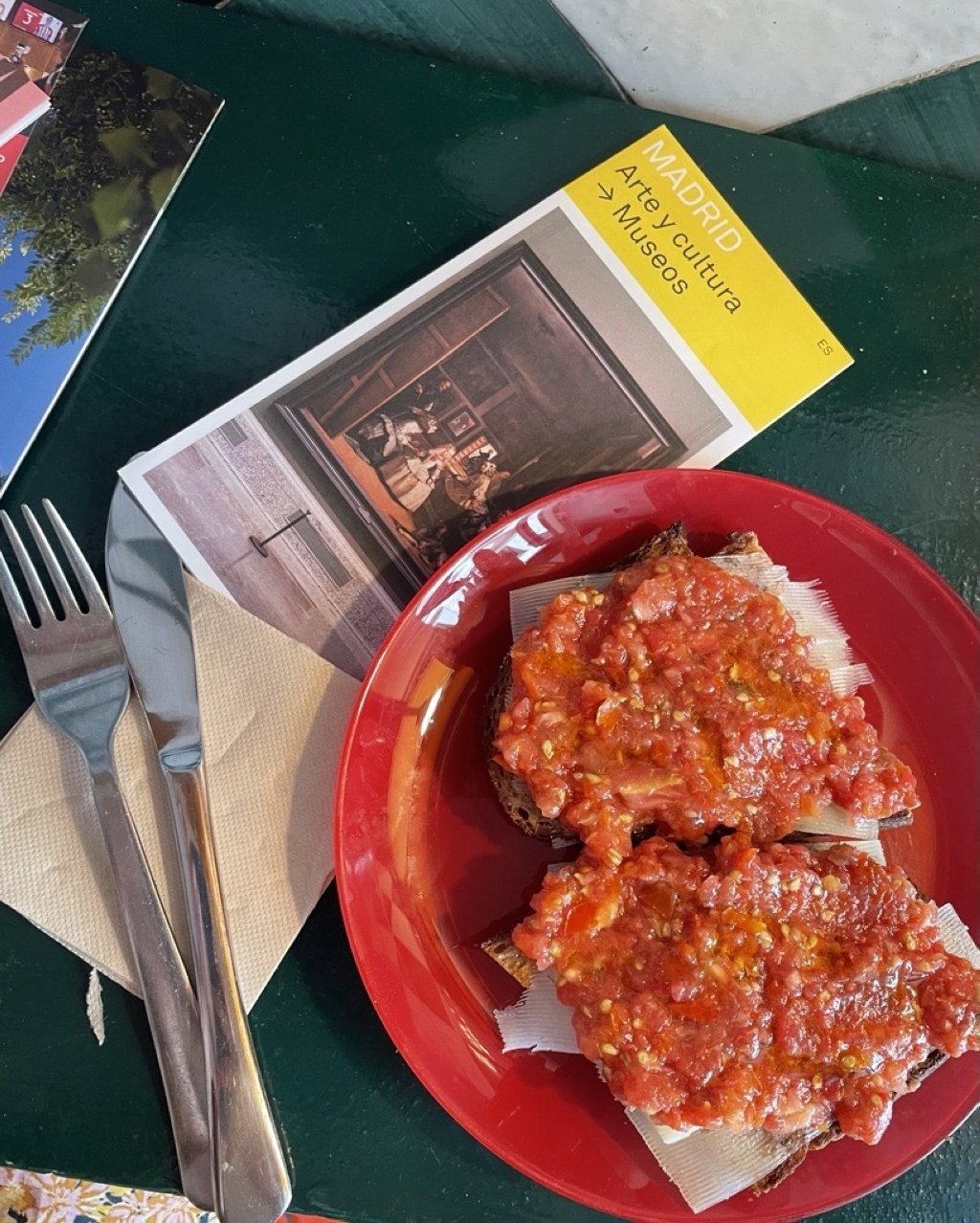© Turkuvaz Haberleşme ve Yayıncılık 2024
When considering what to eat in Spain, the delightful small appetizers known as "tapas" instantly come to mind. These culinary gems are deeply ingrained in Spanish culture and have a profound impact on their dining habits. Interestingly, the word "tapa," meaning "to the lid," closely resembles the Turkish word "tıpa," "to cork," which also signifies covering something.
Long story short, tapas can be seen as little treasures that perfectly satisfy the appetite.

I can hear Turks asking, "Will we get full with just tapas?" The habit in our culture of satisfying the eyes before the stomach might be somewhat disrupted in Spain, but it's guaranteed that you'll get full with various tapas. In Madrid, there's not much of a concept of ordering a specific dish to be brought to you. Instead, you can eat thousands of different tapas. You can select tapas from various combinations and share them with your loved ones.
In Madrid, it has recently become popular to eat at places called "mercados" or "markets," where fresh produce is sold alongside small, enticing snacks. These markets have evolved into social hubs and epicenters for the city's emerging gastronomic trends. Here, you can sample various tapas and purchase the ingredients for your favorites from the same stand.

Opened in May 1916 as a local food market, the Mercado de San Miguel – one of the city’s finest examples of cast-iron architecture, located just a stone's throw from Plaza Mayor – became Madrid’s first gourmet market in 2009. Nine years later, in 2018, it was relaunched with the addition of several internationally renowned chefs.
The other option for eating the best tapas in the city is Galeria Canalejas.
I've noticed a significant increase in the number of Thai, Vietnamese, Chinese and Japanese restaurants opening in Madrid compared to my visit in 2015. However, given the richness and deliciousness of Spanish cuisine, I find it hard to understand why anyone would prefer these options in such a gastronomically booming city. Additionally, I must mention the emergence of some so-called "Turkish restaurants" labeled as "kebab" places. Unfortunately, these establishments offer completely inaccurate representations of authentic Turkish cuisine.

Now, let's discuss some of Madrid's most irresistible culinary delights. One of the wonderful flavors I've discovered and never tire of is "croquetas" or "croquettes." With variations like truffle, cheese, octopus and many others, croquetas represent the pinnacle of bechamel-based dishes. I strongly believe that they can be enjoyed for breakfast, lunch, dinner, or any time of the day without ever getting bored. I had the opportunity to try them at Pez Tortilla and St. James restaurants in the city, and both were fantastic.
Madrid's seafood market operates with remarkable professionalism. Another iconic taste of the city is the calamari sandwich. The best of these sandwiches, which can reach a whole new level with aioli sauce, can be found at El Brillante and La Campana. Additionally, patatas bravas is another standout, an ideal tapas dish of cubed, fried potatoes served hot with a spicy "brava" sauce.
Of course, when talking about seafood, one cannot skip paella. In St. James, a delicious paella is quite large, so you can share it with two people.

Then there's the famous "tortilla de patatas," or Spanish omelet, which resembles the Turkish egg-and-potato dish quite a bit. Of course, there are some differences in interpretation, akin to the debates among Turks about whether "menemen" (Turkish-style scrambled eggs) should have onions or not. If you want to try an excellent tortilla de patatas, head to Pez Tortilla without hesitation and enjoy dipping crispy bread into its slightly runny center.
Tostadas are also quite famous in the city. I tried a garlic-rubbed tomato sauce toast at the small boutique cafe El Perro de Pavlov. When Manchego cheese and olive oil are added, it becomes an incredibly fresh combination you can't resist.
An old Turkish proverb advises, "Let’s eat sweet, talk sweet." I can guarantee that you'll talk sweetly in Madrid.
Firstly, Madrid is one of the cities where you can enjoy the most delicious ice cream. You can find this delight in artisan handmade ice cream shops throughout the city, with one of the unique Spanish flavors being "dulce de leche" or "caramelized milk."
San Gines, perhaps the only place in the world where you can enjoy the globally renowned churros, serves these sweet snacks with chocolate sauce. Truly, no more words are needed.
Turron, which can be considered the Spanish equivalent of halva, is another excellent sweet option. Especially during Christmas, this nougat, often given as a gift by Spaniards, can be bought from Torrons Vicens in Madrid. Despite its many variations, the classic almond version is simple and just perfect.
Lastly, you must try Madrid's Napolitanas, which are so delectable they shouldn’t be left to the end but are perhaps the most impactful. For these chocolate-filled pastries, the go-to place is La Mallorquina!
